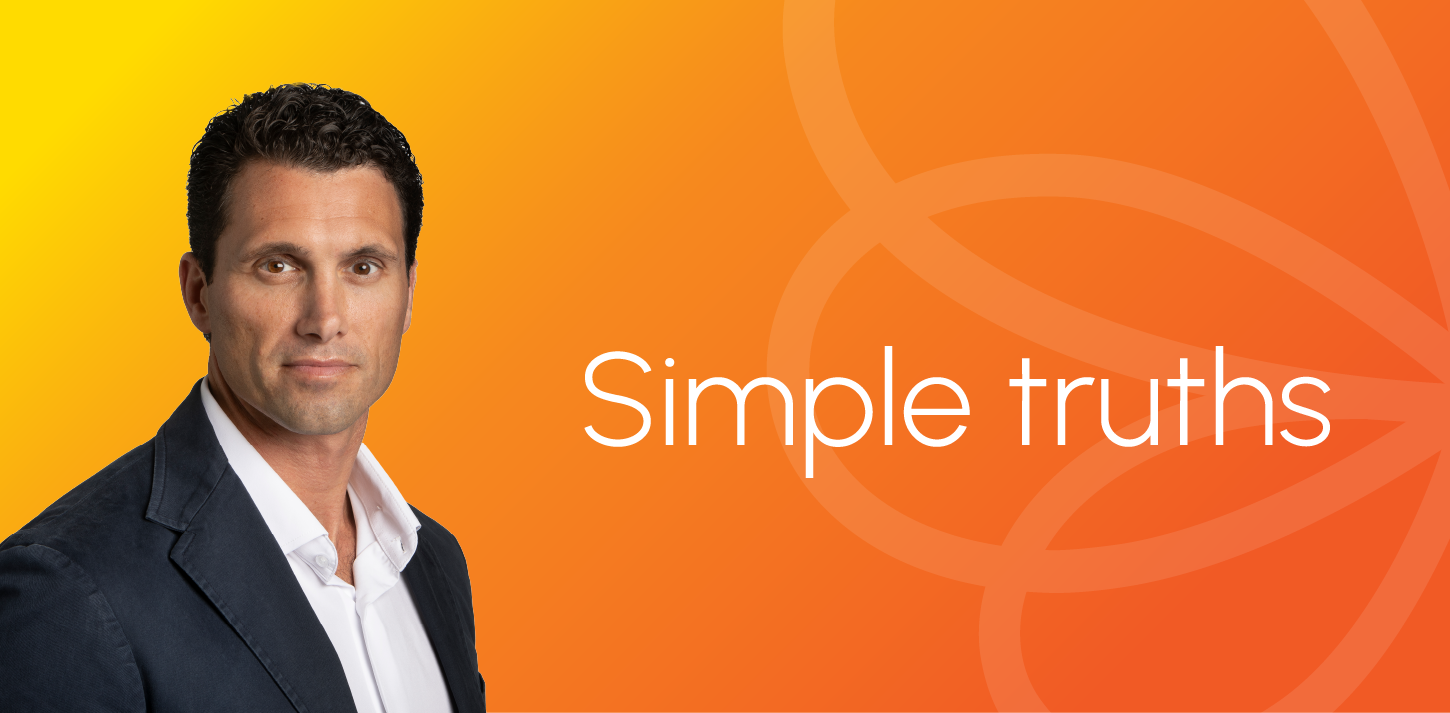In the insurance world, NIGO, short for “not in good order,” refers to an application that’s missing information and can’t be processed. It’s a problem that stems from outdated ways of handling applications — often on paper, and handled manually.
It’s also a roadblock that doesn’t need to exist in the 21st century. Smart contracts can help eliminate the industry’s reliance on phone calls and faxes, call centers, and operations teams, making NIGOs a thing of the past. And beyond the application process, smart contract technology offers advantages in transparency, scalability, and speed from end to end, starting with building a product all the way through administering policies and contracts.
How smart contracts can transform life insurance & annuities
In the life & annuity industry, any event related to an in-force policy is typically administered manually to some degree. Actions like claims payments have to be recorded in multiple systems, resulting in multiple points of friction and failure, causing delays, higher administrative costs, and increased potential for fraud.
With a smart contract — a decentralized, self-executing digital agreement — the terms of an insurance policy or annuity agreement can be coded directly into the contract’s logic. When a prescribed event (or set of events) occurs as specified, the smart contract automatically, and independently, executes against the terms of the agreement. This facilitates the exchange of money, delivery of services, and changes in beneficiary or ownership, among other use cases, reducing or eliminating friction throughout the life of the policy.
The benefits of smart contracts in Zahara
Zahara, Zinnia’s cutting-edge policy management solution, is built on smart contract and digital ledger technology. This brings key benefits:
- Transparency: Each transaction is immutable and time-stamped on a distributed ledger, making them easily auditable and reducing the potential for fraud. The state of the system is also shared — promoting trust and reducing dispute between transacting parties.
- Enhanced security: Policy updates are triggered automatically in real time, eliminating manual steps and reducing the risk of human error. The policies themselves are stored on a distributed ledger, leveraging a blockchain data structure. The distributed ledger represents a single source of truth for all policies, and there is no need to replicate data across platforms, which could expose it to breaches.
- Cost efficiency and speed: Smart contracts cut down on overhead and accelerate operations across the board by automating routine tasks and ensuring that contractual changes are made instantaneously. This reduces paperwork and speeds up administrative tasks and claim settlements, leading to cost savings.
Smart contracts use case: Claims processing
When a policyholder files a claim, an investigator reviews the details and determines the amount covered by the insurance policy. This involves verifying that you have a right to make a claim and that the policy is in good order. These processes are written into the smart contract hosted on Zahara.
The smart contract’s claim automation verifies policy ownership and status, along with additional predefined criteria, before proceeding to the next step. Likewise, the rules that determine coverage can be written into the contract. Authorized parties involved in the claim — carrier, claimant, reinsurer, broker — each have appropriate access to claim information in real-time. And assuming all the conditions are met, the claim is automatically paid, reducing the amount of back-and-forth between the carrier and consumer.
Smart contracts use case: Building products
Smart contracts also allow for faster construction of insurance products. Rather than starting from scratch each time, new products can be assembled within Zahara. Smart contracts allow carriers to de-couple aspects of insurance products, like how they process claims or verify customer information, and re-combine these pieces to make new products. These smart contracts are also built with standards that allow them to interoperate, which will help reduce time to market.
About the author
Myles Ma, CPFC is a former senior reporter at Zinnia. Previously, he was an editor and reporter for Credit.com, as well as a reporter for the Star-Ledger. As a journalist, his work has also appeared in USA Today, HuffPost, Salon, CBS News, Inc. Magazine, MarketWatch, Yahoo Finance, The Atlanta Journal-Constitution, and The St. Louis Post-Dispatch. As a financial expert, his advice has been featured in The Washington Post, PBS, CNBC, and elsewhere.



